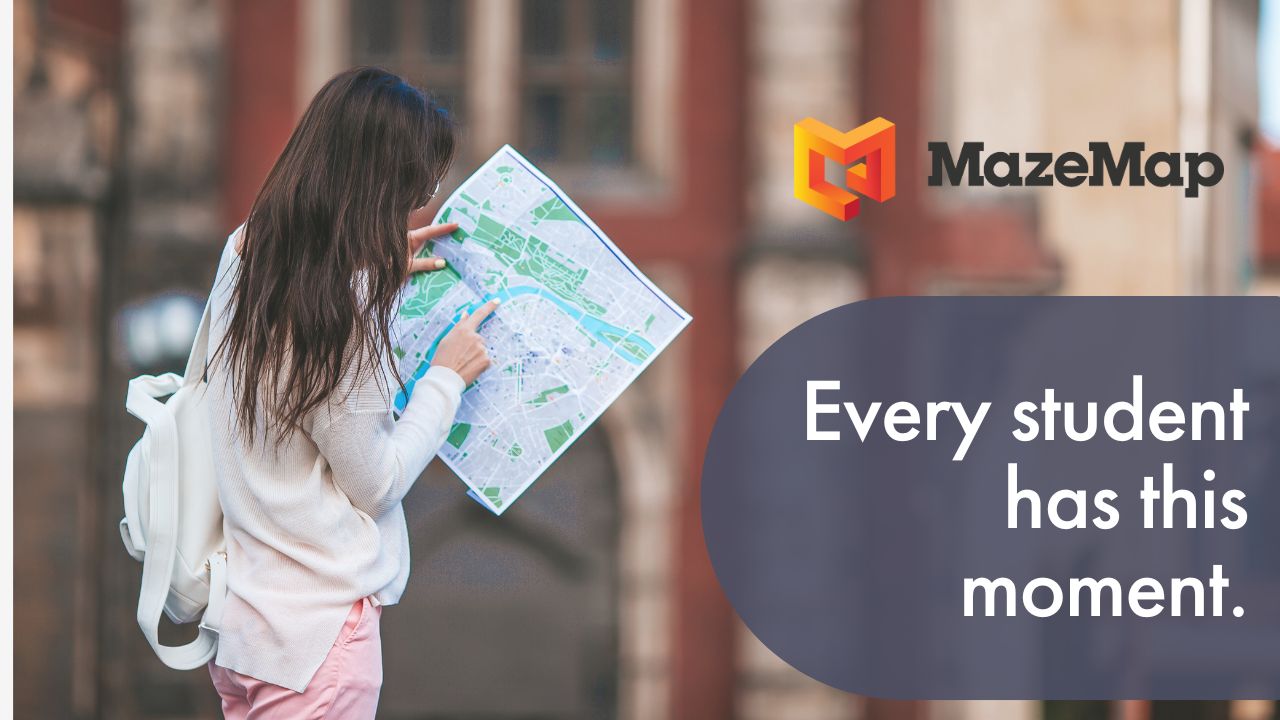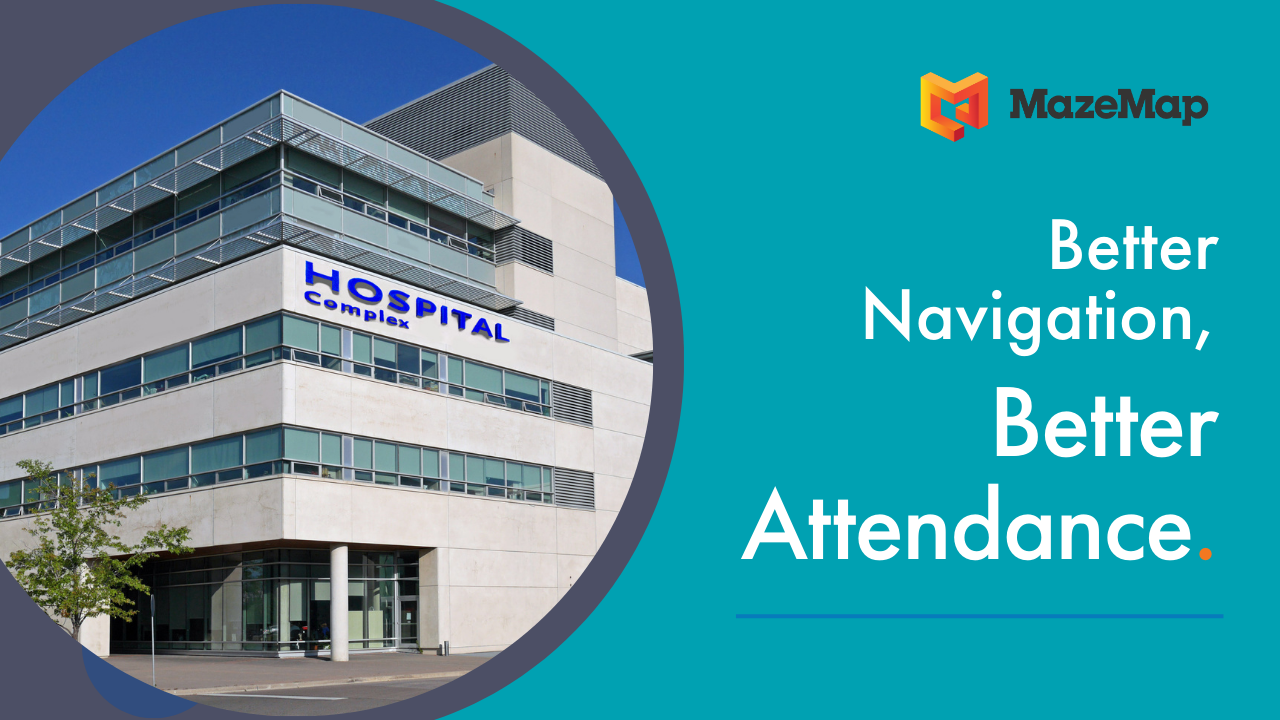In the race to improve student retention rates, universities often focus on academic support and student services. While these elements are essential, recent data suggests there are other less obvious factors at play that can significantly influence whether a student stays or leaves. For decision-makers looking to bolster retention, tapping into these often-overlooked factors could provide a new edge in retaining students who might otherwise slip through the cracks.
The Importance of the "Micro-Experience"
What keeps students connected to campus life? It turns out that it’s not just the big-ticket items like state-of-the-art lecture halls or wellness programs, but the "micro-experiences"—those daily interactions that shape how a student feels about their place on campus. The ability to seamlessly transition between classes, find social and academic resources, or even locate a quiet spot to study can affect how connected students feel to the university.
Consider the growing body of research on "micro-frustrations"—small, repetitive obstacles that cumulatively weigh on a student’s sense of belonging. For some students, these frustrations may seem inconsequential, but for others, they become enough of a barrier that they question whether university life is for them. These micro-frustrations often go unnoticed by administrators but can be potent drivers of disengagement.
Digging into the Data: What the Numbers Tell Us
Universities that have taken a data-driven approach to retention often uncover trends that were previously invisible. One emerging trend is the correlation between campus accessibility and retention. A study highlights that students who report frequent difficulties navigating the campus—whether it's finding specific services, making it to classes on time, or simply feeling lost—are more likely to drop out by the end of their first year.
In an era where personalization and student experience are paramount, universities need to look at how small, everyday interactions—like getting from point A to point B—can affect the broader student experience. By analyzing data such as foot traffic patterns and surveying students on navigation challenges, universities can uncover patterns that point to where campus design and flow may be silently contributing to attrition.
Designing Campuses for the Future: Beyond Traditional Metrics
With this in mind, forward-thinking institutions are reevaluating how campus design plays a role in retention. It’s no longer enough to view campus layout as a static entity. Universities are increasingly adopting dynamic solutions that allow them to track and adjust how students interact with physical spaces in real-time.
This goes beyond traditional facilities management. Institutions have demonstrated the success of predictive analytics in improving retention by identifying trends in student behavior and proactively addressing potential challenges. Universities need the flexibility to adapt their environments based on real-time student feedback and behavior.
Introducing Technology as a Retention Tool
This is where innovative solutions like indoor navigation systems come into play. While most people think of wayfinding as a practical tool, it can also be a powerful enabler of a frictionless student experience. Imagine a student navigating a complex campus for the first time. With the right tools at their disposal, that student isn't just finding a building—they're engaging with the campus ecosystem more confidently and seamlessly.
Enter MazeMap, a leading solution that has already proven itself in large, complex environments. By integrating MazeMap, universities gain more than just a map; they gain the ability to create a connected, accessible campus that responds to student needs in real-time. Universities can harness this power to reduce the frustrations that drive students away.
A Strategic Move for Retention
By adopting such solutions, universities can go beyond the obvious retention strategies and address the often invisible hurdles that challenge students. In an environment where every interaction matters, tools like MazeMap allow universities to maintain an intuitive, accessible campus while gaining valuable insights into student behavior.
If you're interested in how your institution can leverage technology to reduce student churn, get in touch with MazeMap to learn more about optimizing campus flow and enriching the student experience.











